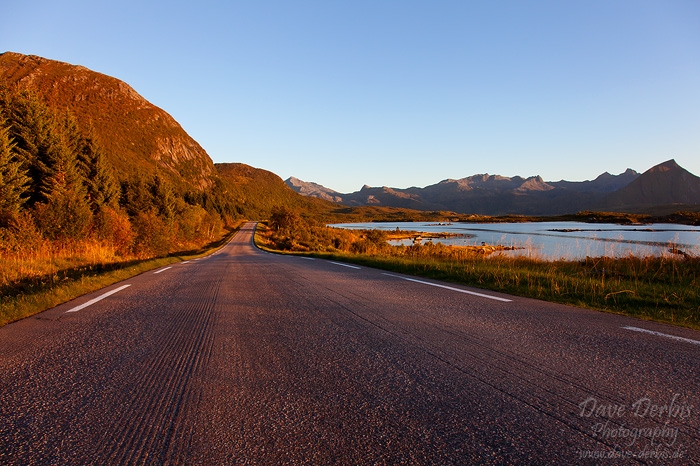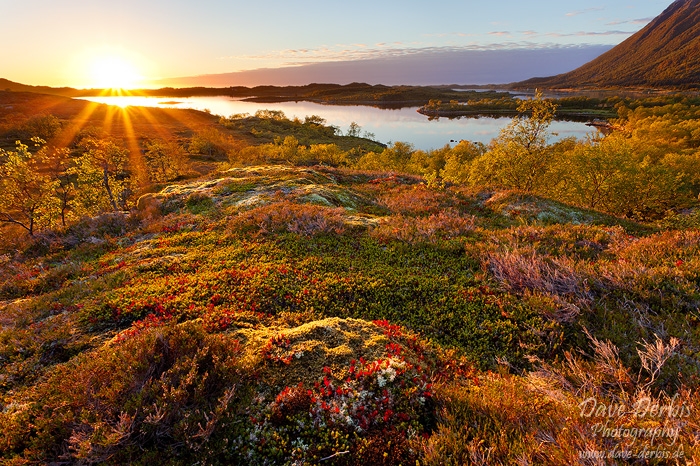Back in 2013, from mid-august to mid-september, we spent some weeks above the arctic circle on the Lofoten Islands in northern Norway. During the first part of the trip we were based in a beautiful and cozy rorbuer in Hamnøya near Reine on Mosekenesøya and did some decent mountain hikes (steep up to 70%) like Reinebringen, Kvalvika Beach and Bunes Beach and visited lots of other worth seeing villages, mountains and beaches like Eggum-, Uttakleiv- and Unstad Beach on Flakstadøya and Vestvågøya.
For the second part of the trip we drove further north to explore the mountains and beaches of the island Austvågøya. There we had a second hut near the Lofoten's capital city Svolvaer. On this particular day our legs were a bit tired from hiking Tjeldbergtinden the day before so we searched for possible photo spots accessible by car on our Lofoten hiking- and road maps and eventually opted for the area between Oddan and Laukvika.
We started our drive in the afternoon with plenty of time to scout the region and to shoot a few test images. In search for a nice sunset location we drove along the E10 from Svolvaer to Vestpollen and then turned left on the Nordpollen road 888 (photo above) towards Straumnes doing a lot of stops to check possible locations and compositions. Then, after a bit back and forth I found this slightly elevated point above Vatnfjorden where I could include the setting sun as a focal point in the image. Kirsti was sitting in the car, reading a book, so I could take all my time to find a good image composition. After setting up the equipment I only had to wait for the light to come and press the remote shutter release. And then the magic light came and illuminated the whole scenery. Wonderful. The only downer was that there were not much clouds in the sky to add more drama to the photo. So I included more of the illuminated moos-like foreground and less sky (to avoid too much negative space at the top of the frame) than I would normally do considering the rule of thirds. Nevertheless - at least for me - the image composition works.
Here are the technical details of the photograph. The image was shot with a Canon 5D MkII and Canon 17-40m L with a Polarizer mounted on a Manfrotto Tripod. I needed several exposures to create this final image. One for the foreground, one for the sky, each at F/11 (the sun covered to get no lens flares in the picture), plus one exposure for the sunstars at F/22. In post processing I manually blended the images together, did some s-curves and selective color correction and that's it. Back at home and several months later, this photo turned out to be one of my favorite shots from the whole trip.
Find other images from this trip by clicking here.
If you are interested in another behind the photo story check out this article about the Skogafoss waterfall in Iceland.
Permalink: www.dave-derbis.de/article/behind-the-photo-vatnfjorden-sunset/


